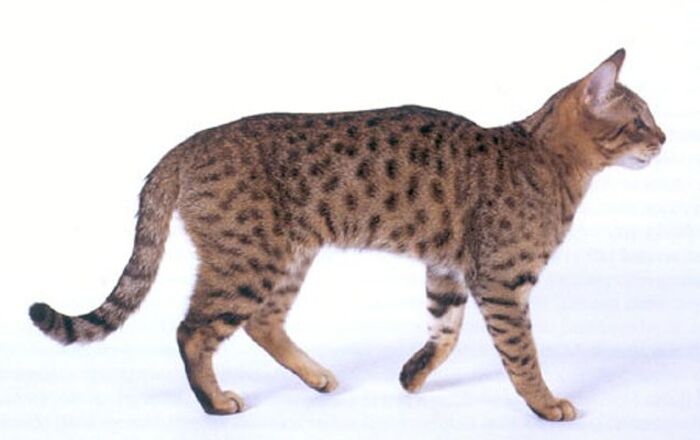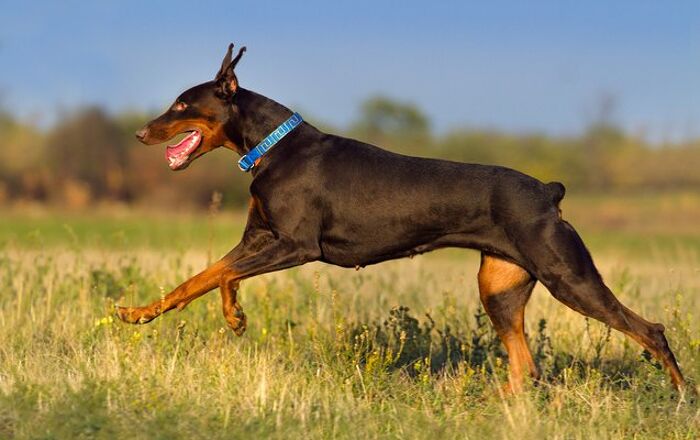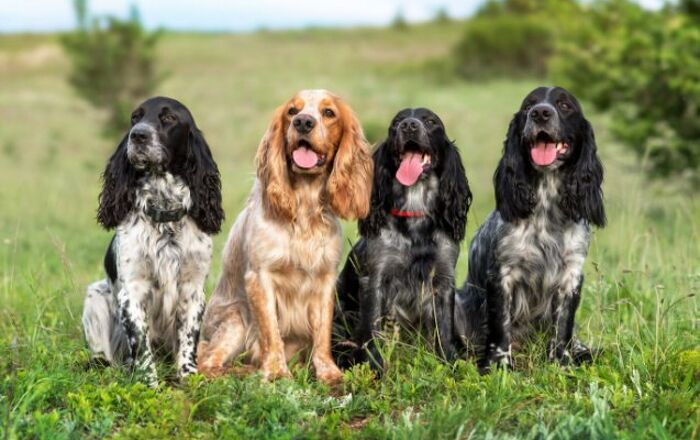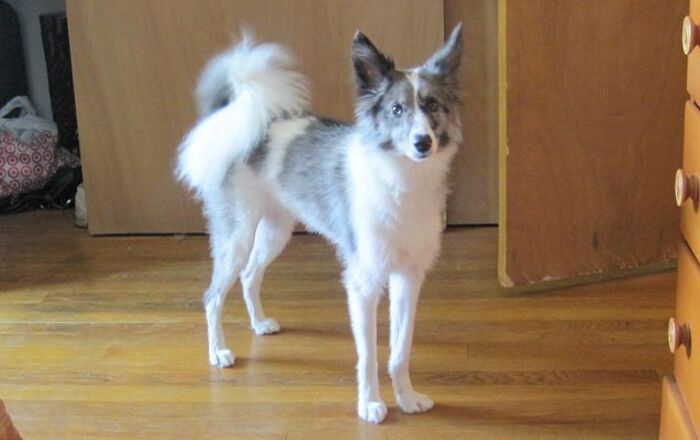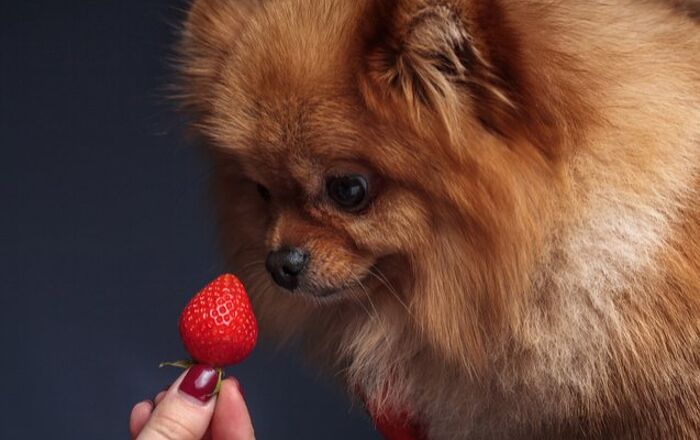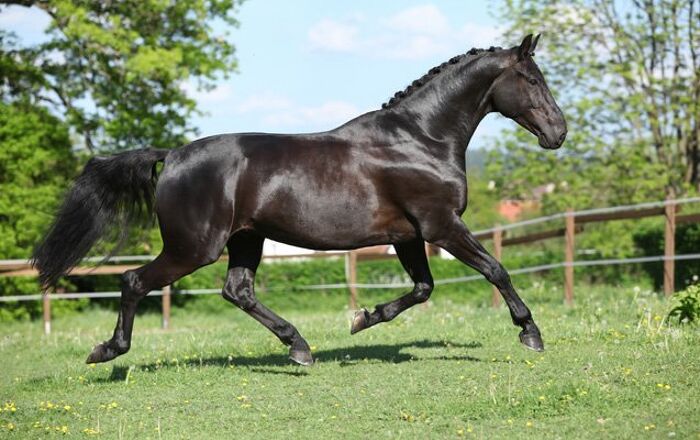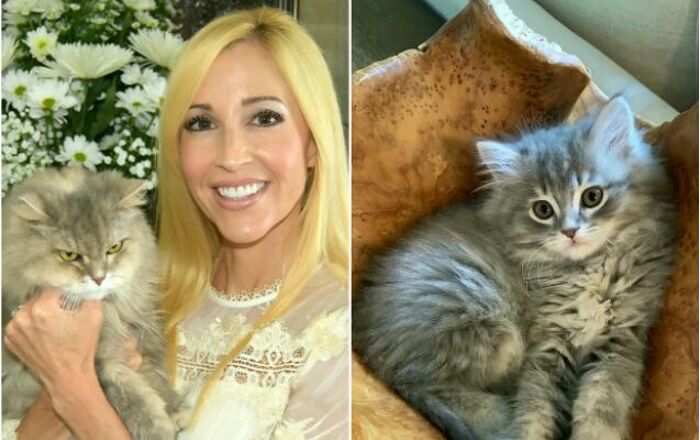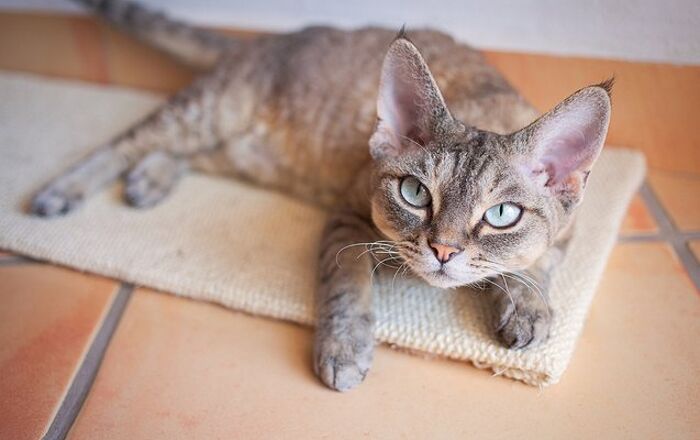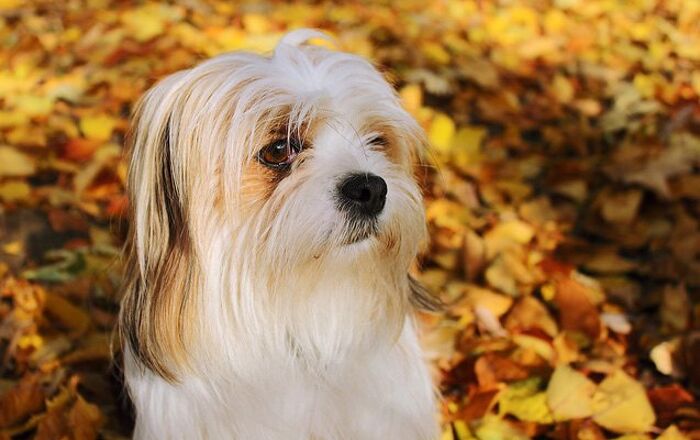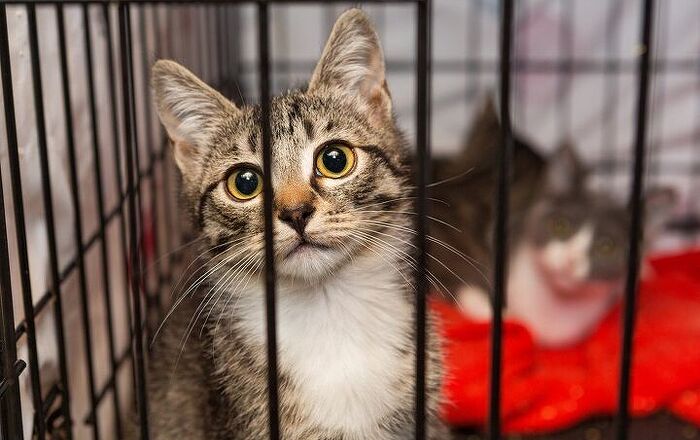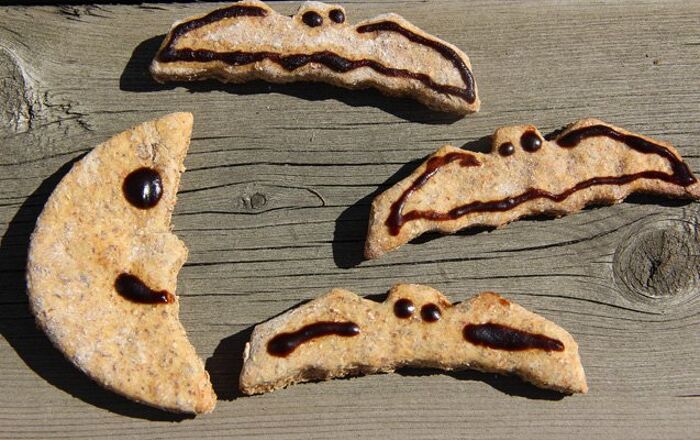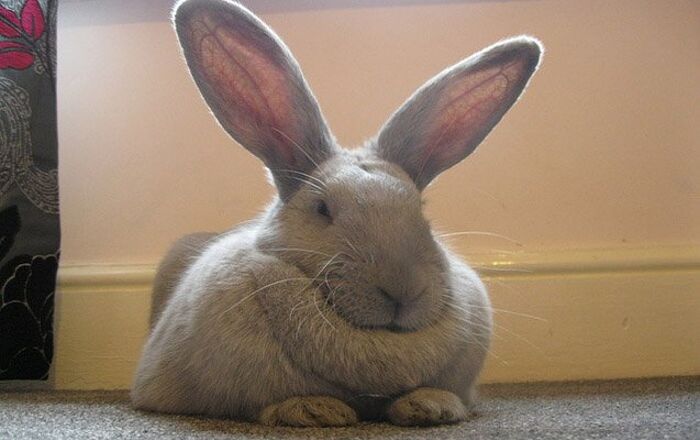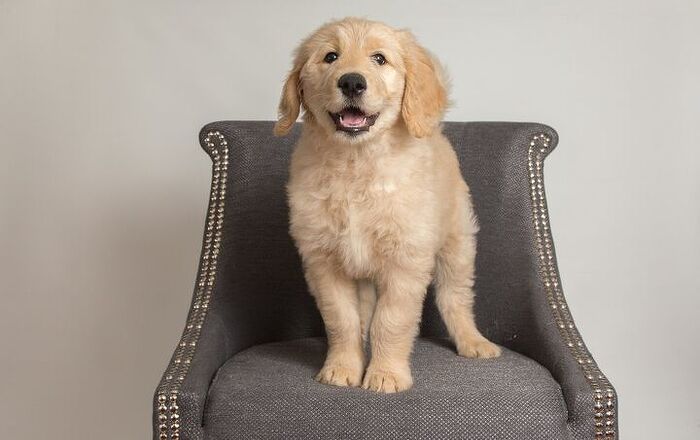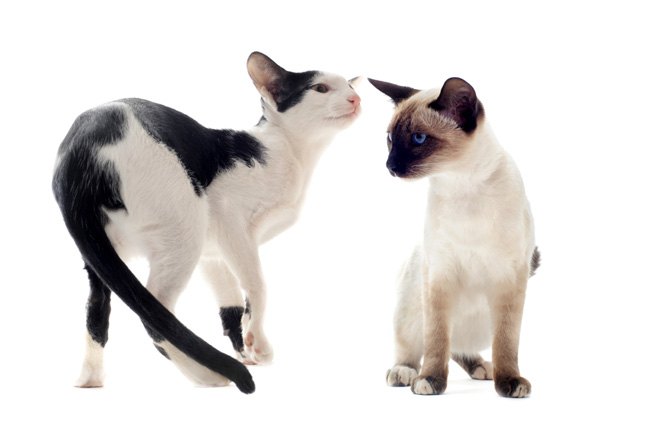
Oriental Breed History
The Oriental breed was developed in England in the 1950s. They were part of a post-World War II effort to explore all the possible color and coat permutations of the highly popular and intelligent Siamese. After many misadventures in trying to name each of these cats, they designation “Oriental” was accepted to encompass a breed so large that some 600 color, pattern, and coat length combinations are considered acceptable. These lively, social, and very smart cats are much like their Siamese ancestors, but are available in a much broader range of appearances, and are more slender, angular cats. They did, however, inherit the Siamese gene for talkativeness, and they are definitely people cats. Orientals were first brought to the United States in the 1970s, and were accepted for championship status in 1977.
The Oriental is one of the most people-oriented of all cat breeds.
Breed Traits
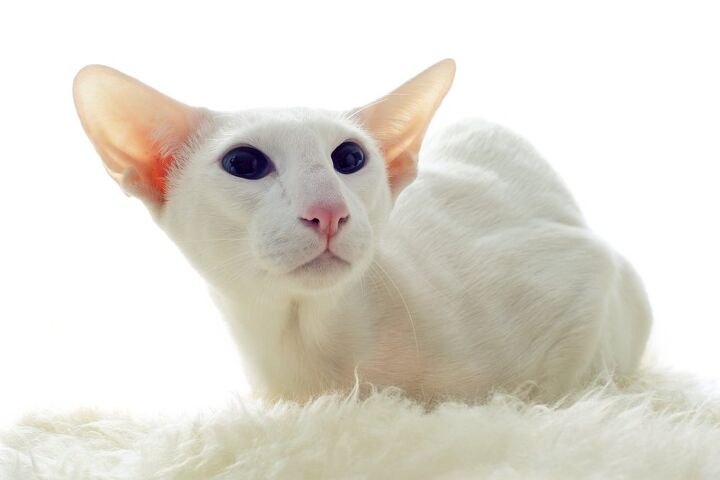
The Oriental is one of the most people-oriented of all cat breeds. They don’t just want to share their lives with you, they need to. The Oriental can’t imagine you’d ever be too busy to include him in whatever you’re doing. These cats like to get close and have a good look at the business at hand, whether that’s the screen of your computer, or the food on your plate. They will calmly settle into your lap, purring, and nuzzling against you, and are content to stay that way for hours on end. Orientals are known for greeting their humans at the door, and they are not above scolding you if you get off schedule. They don’t wear a watch, but they might as well because they are so sensitive to time. Both intelligent and curious, they open drawers, dig through purses, and circumvent all barriers when they’re on a quest to find something out. These are not cats who can be left alone, and will actually sink into visible despair when ignored. If you’re up for that much attention seeking, you’ll never find a more devoted, loyal, spirited, and playful feline companion.
Overall Description
Regardless of coat length, Orientals are long, graceful cats with a svelte appearance. Their tubular bodies are quite dense and solid. There’s nothing fragile about these cats. The angular head is one of the breed’s most distinctive features. Large ears flare out from the side of the almond-shaped eyes. The pointed muzzle completes an intense, and interested expression with a hint of engaged mystery. Standing on tall, slender legs, the Oriental is a rather artistic cat, naturally sleek by design and truly beautiful.
Colors
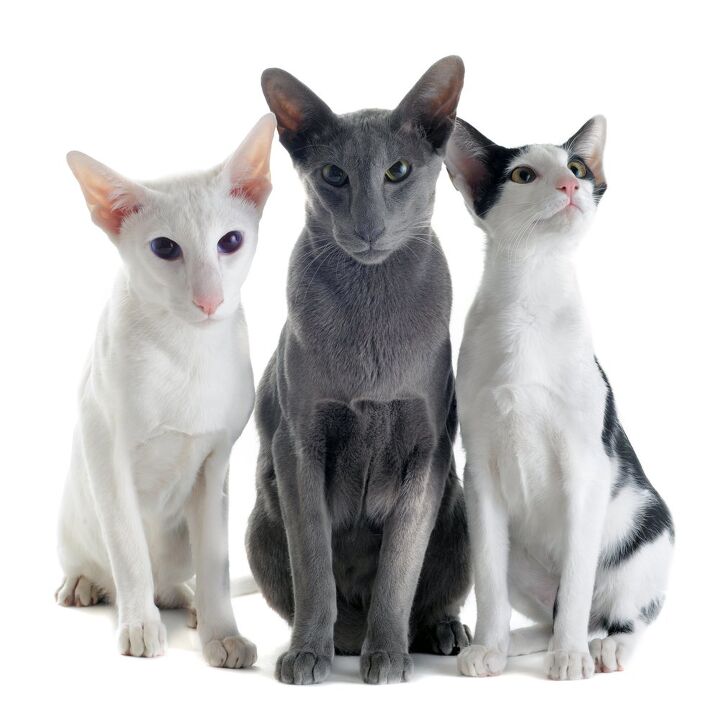
Oriental cats come in a rather dizzying array of 600 color, pattern, and coat lengths. The combinations are endless.
Grooming Requirements
As with any cat breed, the grooming requirements for an Oriental depend entirely on coat length. The short-haired varieties need little more than light brushing or rubbing with a chamois. Longer-haired individuals should be combed or brushed. One thing for certain, however, as long as an Oriental is receiving attention from its human, these cats will agree to almost anything!
Photo credit: cynoclub/Shutterstock

